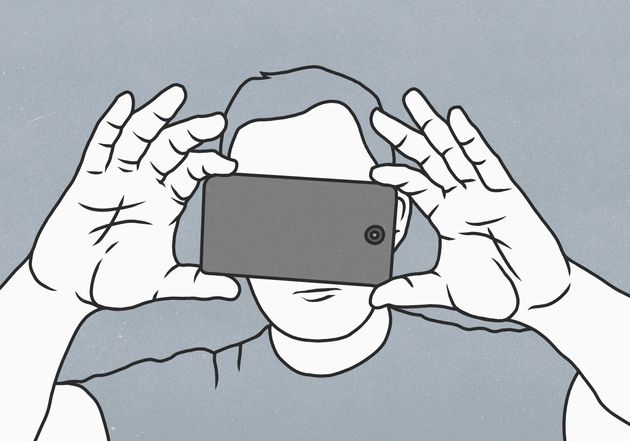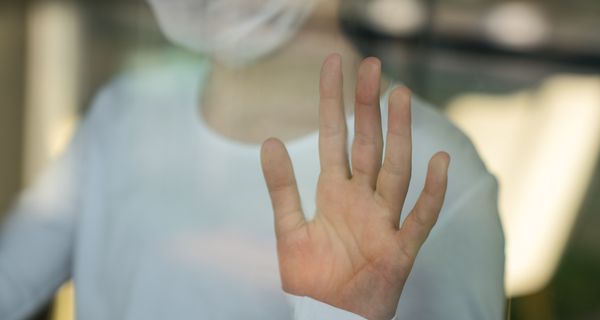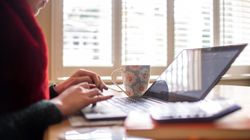Update: See the latest stories on the coronavirus outbreak.
It’s highly likely the UK has never had cleaner hands. But the same can’t be said of the devices we insist on touching immediately after washing off all those potentially dodgy germs.
There’s lots of advice out there about hand-washing at all opportunities to deter Covid-19 – in case you’ve been out of signal, you need to do it for 20 seconds or while singing Happy Birthday, twice (other songs work, too). But what should we be doing with our phones, tablets, kindles and work devices? And when was the last time you cleaned your work computer, laptop, keyboard or mouse?
A recent study published in the Journal of Hospital Infection, which analysed 22 studies, suggested that coronaviruses can persist on surfaces for up to nine days. And with a previous study finding our phones carry 10 times more bacteria than a toilet seat (grim), it’s time to clean our devices, too.
As Professor William Keevil, from the University of Southampton, explained to the Telegraph: “You could be washing your hands, but if you start touching your smartphone screen and then touch your face, that is a potential route of infection.”
Official advice from Public Health England (PHE), which is leading the charge on all things hygiene and coronavirus-related, is that we should be cleaning and disinfecting “regularly touched objects and surfaces using regular cleaning products”. Although PHE hasn’t specified how often we should be doing so, it’s been suggested by academics that people should do this twice a day.

Researchers have suggested germs can be efficiently inactivated by surface disinfection procedures with 62–71% ethanol, 0.5% hydrogen peroxide or 0.1% sodium hypochlorite within one minute. There are concerns that using harsh cleaning products (like disinfectant wipes) could actually damage fingerprint-resistant coatings on smartphone screens. So, what’s the solution?
Apple says phones should be cleaned by turning off the device and using a soft, slightly damp, lint-free cloth – for example, a glasses cloth. If you still spot smudges or smears, use a soft, lint-free cloth with warm soapy water, Apple suggests, and avoid getting moisture in openings (like the charging port). The company advises against using cleaning products or compressed air. Advice from Samsung Galaxy is similar.
Some studies suggesting we need some harder, alcohol-based products to get rid of viruses, perhaps it’s worth heeding the advice of Todd Haselton, CNBC’s technology product editor. He recommends buying a cheap screen protector and then using Clorox or Lysol wipes to clean your smartphone, making sure to do the sides and back, but not where the ports are.
Alternatively, just make sure you’re washing your hands after touching your phone – and don’t use it while you’re eating.
For work equipment, you can get computer and laptop cleaning wipes from stores like Staples, Ryman and Currys PC World. Oh, and when it comes to public touchscreen displays, we should also be pretty cautious.
Dr Jenna Macciochi, an immunologist at the University of Sussex, says that while it’s most common for coronaviruses to be transmitted via coughs or sneezes, public touch screens could also fuel contamination.
“When touching public screens I would recommend to wash hands immediately and try not to touch your face, including eyes,” she told HuffPost UK. “Fortunately, alcohol 60%+ sanitiser, hydrogen-peroxide or bleach-based cleaners are effective at killing coronaviruses that do survive on surfaces.
“So use these where possible and always with frequent hand washing.”




